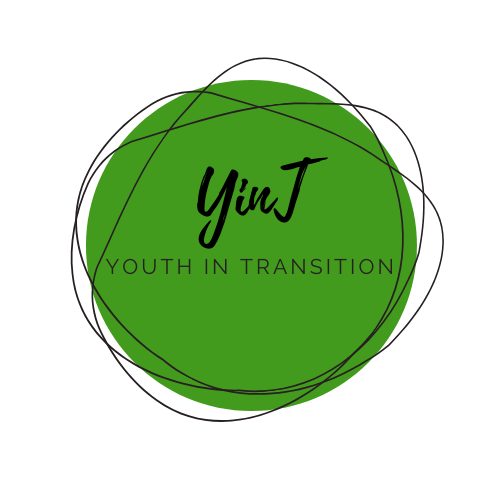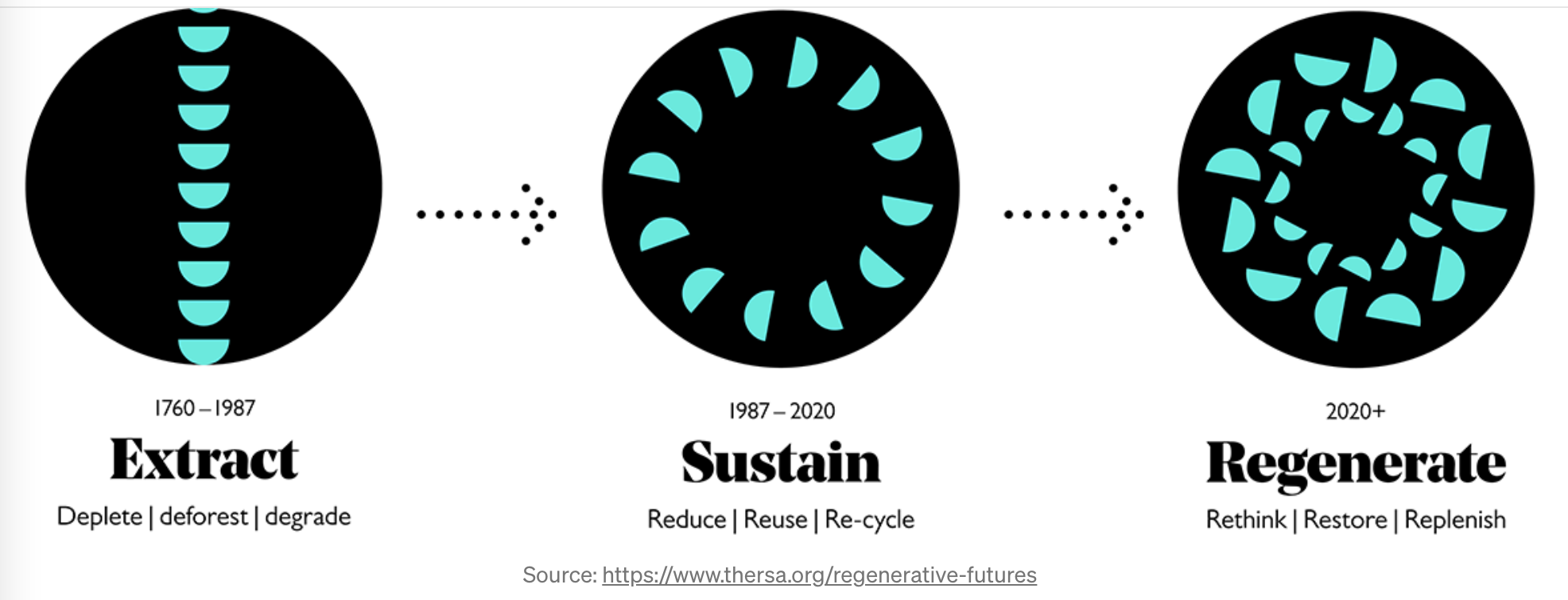Theme B - Interconnection & Visioning
Theme B - Interconnection & Visioning |
|
WHY |
|
Young people today are growing up in a complex world with convergence of multiple crises like climate change, economic and social injustice, destruction of the natural environment etc. Underserved youth often are in survival mode with few opportunities to acknowledge and confront the pain and suffering and to consider what from both traditional and modern worldviews can contribute to regenerative futures. |
|
AIMS & OBJECTIVES |
|
To explore inner and outer responses to convergence of multiple crises by practising experiential activities that look at issues from different perspectives. To explore the pros and cons of traditional and modern world views. To create a roadmap for regenerative futures by envisioning a wholesome future considering cultural values, fair share, ethics and steps to achieve it. |
|
COMPETENCIES |
|
Complexity awareness, Perspective skills, Co-creation, Long term orientation & visioning |
|
DIMENSION/SDG relation |
|
World View Dimension |
|
ACTIVITY TITLES |
|
2.1 Widening Circles 2.2 Identify & Reflect on prevailing World View 2.3 Visioning & Backcasting sustainable futures (best from roots best from modern synthesis) |
Activity: Widening Circles (synchronised) |
|
SUMMARY ●Intro (10 mins) ●Mingling (Gratitude & Honouring Pain in the World) 30 min ●Widening Circles (60/90 min) ●Reflection & Debrief (30 mins) |
|
INTRO |
|
To experience social/cultural/environmental concerns from different perspectives Adapted from “Work that Reconnects” by Joanna Macy. |
|
MINGLING (GRATITUDE & HONOURING THE PAIN IN THE WORLD) |
|
Make random 10 min. groups in e.g. Zoom with 2 persons in each using the description below. The facilitator forms new groups after each round. Round 1 - A place I find magical is ----- ? 5 mins each, then change. Round 2 - Something I appreciate about you is ---- ? 5 mins each then change. Round 3 - Imagine you take your partner's left hand in your left hand and close your eyes. Facilitator leads with this deep time narrative - or appropriate adaptation. For this exercise consider if it is culturally appropriate for holding hands if not an individual can explore their own hand. (Deep time). If online, you can hold your own hand. Narrative: ● Imagine you begin to explore this hand, gently, and with great sensitivity and innocence. Imagine that this is the first time you have ever touched a human hand... Feel the skin (it's texture, warmth or coldness)... and now the structure of this hand (the nails, the knuckles, the bones and sinews, the flesh)... What can this hand teach you about the person it belongs to? Is it used for physical labour, being in the soil of the Earth, does it write a lot, or maybe play a musical instrument… This hand can express deep feelings... Perhaps it held a baby when it was first born. Perhaps this hand has comforted someone in their last moments before death… ● Now let this hand take you back into its history. Can you feel the hand of the child which this person once was ... playing with toys and climbing trees? Certainly much smaller, but somehow the same hand... Going back further still, can you feel the baby's hand, really tiny and reaching out into the world for the first time?... ● Now with the help of your imagination, go even further back into the history of this hand. Can you feel the paw of the monkey - with its strong opposable thumb for swinging through branches ... and sensitive fingertips for judging the ripeness of fruit and grooming other monkeys… ● And now back to the hand of the reptile, feel the claws in those fingernails and the strong knuckles for gripping the earth… ● And now feel the fin of the fish, before this hand had crawled out onto land, feel this fin swimming through the waters of the ocean... And perhaps if you're really sensitive, you can feel the very dust of stars from which this hand is composed… ● Without words and with your eyes still closed, say good-bye to this hand and without opening your eyes, return to the big group. Round 5 - Open Question (Honouring the Pain in the world) What most concerns you about the state of our planet today? (5 minutes each person). |
Activity: Pros / Cons of Traditional & Modern Worldview |
||||||||||||||||
|
INTRO |
||||||||||||||||
|
Worldview is a set of beliefs and values about life held by an individual or a group. Our world view can change when we move to different cultures or when society changes e.g. industrial revolution and environmental crisis. There are major conflicts of worldview playing out in society now. The trend towards greater global awareness is matched by a trend towards greater localism. Pioneering groups of people are able to revise their worldviews and find a better positive correspondence with the actual situation. We need to recognize that the Living Planet and most of our living arrangements need to be transformed in the light of that revision.
Extract: Depends primarily on the extraction or removal of natural resources that are considered valuable for exportation worldwide. Sustain: Depends on humans interacting with the environment in a way that ensures there will be enough resources left for future generations. However, human activity has harmed the environment and some resources that people use cannot be replaced. Regenerate: Aims to ensure resources for future generations yet also restores the environment to its former state. Q. Why do we need a regenerative approach? Q. Where does the ancestral/traditional worldview fit into this model? |
||||||||||||||||
|
HOW |
||||||||||||||||
|
Exploring Worldview & Yin-Yang analysis: Step 1: Pros & Cons of traditional / modern life: Review the river drawings then share experiences in groups about pros/cons of traditional & modern life. Consider how they relate to the ESR model. (If people from the former USSR contemplate on pre / post communism as well as traditional life). Step 2: Draw out themes e.g. - sense of community - individualism - destruction of natural resources - modern farming - indigenous wisdom v scientific knowledge Step 3: Review themes: What are the strengths and challenges of these polarities? ● Debrief in exploring opposing yet complementary polarities. Offer one or two as an example, using Yin Yang framework as a model (examples are in the Yin Yang table below) there may be something more appropriate in local cultures. It is better to use opposing themes identified by the group and let the group brainstorm what fits into the into the TOO MUCH columns ● Broadly, (but not definitively) Yin relates to traditional/ancestral world view and Yang to modernity/capitalist worldview. ● How can sustainable, regenerative futures consider both?
|
||||||||||||||||
|
REFLECTION & SYNTHESIS |
||||||||||||||||
|
Step 4. Group work (groups of 4) Discuss: How to enhance positives of both into future society? How to work with challenges in future society. Consider how to balance the pros and cons for sustainable, regenerative futures. Create two mind maps or art pieces portraying how society could look 20 years ahead. Step 5: Report back to the big group and put the mind maps and art pieces on the online board (Miro e.g.) open for comments & reflections |
||||||||||||||||
|
TIP If there is no time to fully discuss all the themes, reflections and responses that come up, these can be revisited in more detail later. One way to do this is to have a PARKING LOT or a BIKE SHED to post areas to revisit. |
[1] https://designforsustainability.medium.com/regenerative-futures-redesigning-the-human-impact-on-earth-8a9623e71ca7
https://www.thersa.org/reports/regenerative-futures-from-sustaining-to-thriving-together
Activity: Visioning & Backcasting Sustainable Futures (Synchronised) |
|
Step 1 Great Web of Community: Life does not happen in isolation. We all depend on each other and on everything surrounding to survive and thrive in our communities. Ignoring this basic truth causes us to live lonely lives of isolation and disconnected from the rest of life. There are many invisible threads that keep us connected if we take the time to look at them and make the connections. Preparation: Make an online board with a circle & participants' names spread around the circle. Activity: ● Revisit mind maps and diagrams from Pros & cons of Traditional worldview (B-2). Brainstorm on components of a sustainable community. Write quality sticky squares on board, e.g. organic food, local businesses, inclusive leaders, healthy ecosystems, integrity, nature, natural building, renewable energy, natural resources, etc. ● Give each participant one quality ● Show the participants the circle. Give one participant the task to draw a line to someone across from them so they are connected. Receiver describes the relationship of their assigned role e.g. how organic food production relates to healthy ecosystems. ● Then draw a line to another person who describes the relationship with their quality. |
|
Reflection: ● How did it feel, what did you notice (big group) ● What connections did you make/could not make? ● How does this inform how you relate to the rest of community/world (individual work) ● Share with one other person ● What did you discover about sustainable futures (group brainstorm) ● Identify key components of a desirable future Concluding remarks: This exercise is a design process, where the interconnections and interrelationships are highlighted, and become more visible. Developing a deepening personal awareness that the interconnectedness of life is not mere metaphor, but a living truth for which we humans must take responsibility. |
|
Step 2 Backcasting Regenerative Futures Recap on Extract, Sustain, Regenerate (ESR) model from Activity B2 (facilitator) Place mind maps, brainstorm notes and diagrams from previous exercises on view in the online room. Participants observe. In groups of 4 - consider how they relate to the ESR model. - Identify interconnections & discuss key components of a regenerative future. - Identify key steps/stages needed for a sustainable, regenerative future. - Identify an individual or community action you can take towards a regenerative future Post key findings online Commitment circle of Actions where groups or individuals share their intention |
|
TIP This activity could be followed up with concrete individual, community actions, group projects towards regenerative futures. |



0 comments
Leave a comment
Please log in or register to post a comment